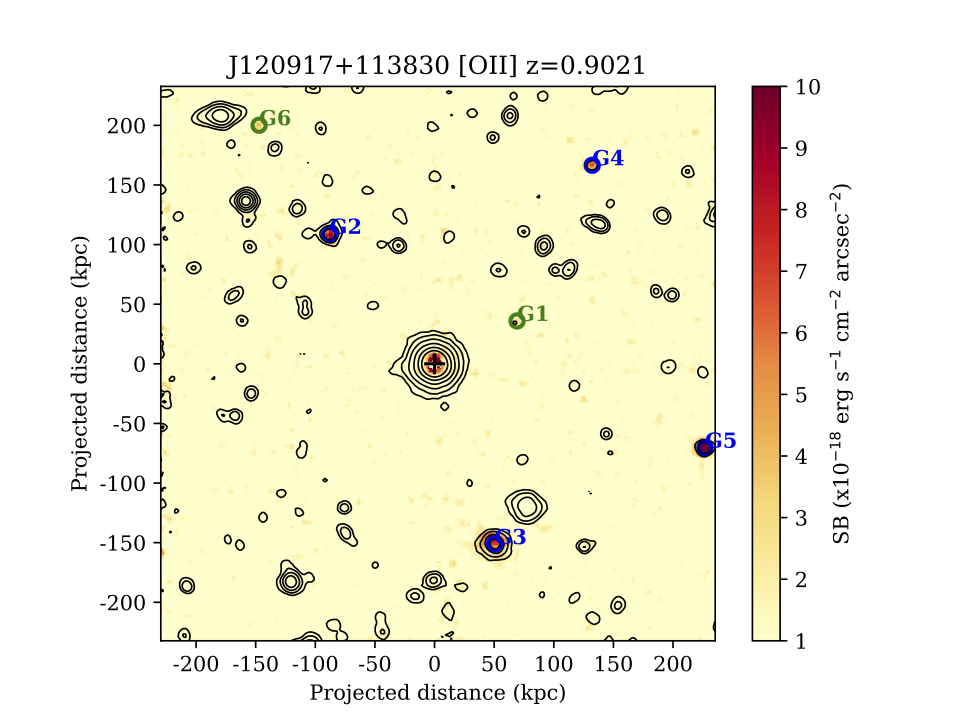CEA News, September 2020
Metals in the haloes around galaxies in the MUSE Analysis of Gas around Galaxies Survey
Just as living organisms require food to grow, galaxies – the fundamental building blocks of the Universe - require gas to form stars and evolve. The evolution of galaxies is therefore closely linked with the gaseous medium surrounding them. Again similar to living beings, galaxies do not grow in isolation, rather their evolution is fundamentally influenced by the environment in which they reside.
The MUSE Analysis of Gas around Galaxies (MAGG) survey, based on a large program on the European Southern Observatory's Very Large Telescope, is opening up a new window into galaxy formation and evolution by simultaneously studying the galaxy environment and the gaseouos haloes surrounding galaxies upto 12 billion years ago. As part of the MAGG survey, CEA astronomers have recently studied the cool metal-enriched gas around ~200 galaxies using absorption lines of singly ionized magnesium that get imprinted in the spectrum of bright background sources known as quasars.

Most studies in the past have usually associated strong metal absorption lines with the gaseous halo of a single galaxy. With a complete and deep view of the galaxy environment provided by the MUSE instrument, the MAGG survey finds that majority of the metal absorption lines are associated with multiple galaxies. An example is shown in the figure, where the absorption detected towards the quasar in the centre, marked by a plus sign, is associated with six nearby galaxies, marked in blue and green circles.
The study finds that the distribution and properties of metals associated with groups of galaxies are different compared to that associated with single galaxies. Based on this, the researchers suggest that gravitational interactions taking place between galaxies in groups and hydrodynamic interactions with the group system could lead to enhancement in the prevalence of metals in the gaseous haloes of galaxies residing in denser environment.

